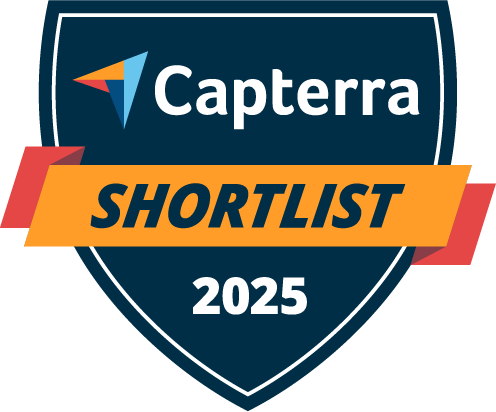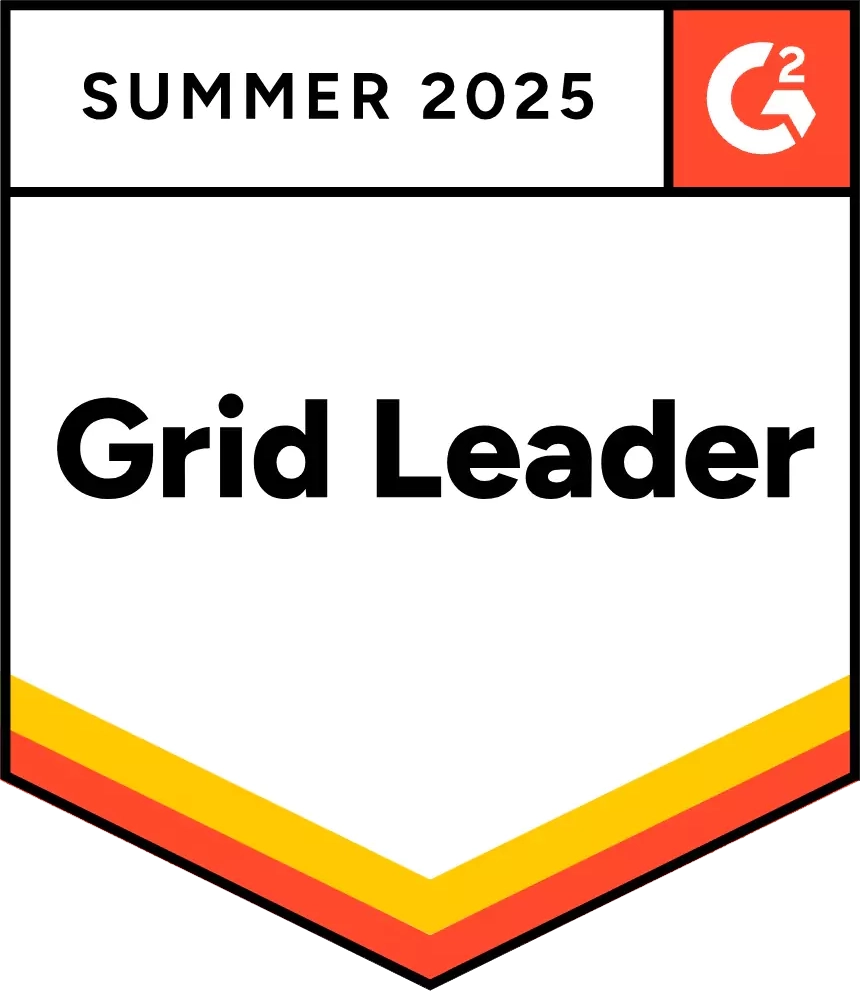In large organizations it is difficult to track hundreds of item requests coming in from different users without a dedicated system. Once a request has been made, users are unable to view the status of their requests resulting in long queues and delays in daily workflows.
Request portal bridges the gap between the end-users and the admin with a robust platform where requests can be initiated and managed seamlessly. The platform is hosted on a different URL than the EZO app so the requesters don’t need to be trained to place their requests.
The portal serves as an additional site where all items from your EZO account are populated. Requesters can access this link, add an Item to the Cart and reserve it. The request is sent to the Admin and they can choose to either accept or deny the request.
Benefits of the Request Portal
Request Portal is a platform designed for high frequency checkout users in organizations such as hospitals, universities or construction sites. The second use case includes low frequency checkouts but a high volume of users that reserve items. Here are some benefits of using the EZO Request Portal:
Scalability and accessibility: The Request Portal offers organizations, especially those with high-frequency checkouts, a centralized platform for managing asset requests while easily scaling to accommodate a growing number of employees or users. The scalability and accessibility of this system ensures that it remains adaptable to any future changes or demands that the organization may face.
Operational efficiency: IT administrators receive a huge influx of requests from various sources including email and text causing informational overload. Streamlining the asset request process enables organizations to reduce the time it takes to fulfill requests, thereby improving the efficiency of the asset request workflow and enhancing visibility into assets. This results in enhanced operational efficiency leading to employees being able to perform their tasks/projects in a timely and efficient manner.
Optimized user experience and productivity: The user-friendly interface significantly reduces the likelihood of user errors (such as logging requests for unavailable monitor models) and diminishes the necessity for support requests, leading to increased employee morale and productivity – happy employees means higher quality work.
Let’s look at how you can set up and use the portal:
Enabling the Request Portal
Go to Settings →Request Portal→ Enable.

1. Populating your account
Before you start with the Request Portal, it’s important to know how to get set up with EZO. Here’s a quick guide. If your account is already set up then you may skip this section.
First, you’d want to populate your account with items so that they can be showcased on the Request Portal. There are three quick ways to do that:
1.1 Import Items from Excel
This is a quick way to import all your data into your EZO account. Learn More.
1.2 Add and Clone Items
For instance, you may have 20 HP Probooks of the same brand and model number. You can just create one asset and then clone it 19 times. You can clone up to 25 items at a time. During cloning you can even choose the same item image if required to avoid uploading images multiple times.

Click on Assets (5) under the view tab on the right. Here you can collectively change display pictures from the Mass Actions tab as shown below:

You can also enable the option to attach documents to assets. When uploading documents, you can either restrict access to admins or allow everyone to access them.

Once uploaded, the documents will appear on the portal:

2. Setting up your Request Portal
Once you have populated your account, now you can start using the Request Portal.
The Request Portal setup is divided into the following categories to help you set up:
- Request experience
- Visibility control
- Custody management
- Access Restriction
Let’s walk through the entire configuration process:
2.1 Request Portal URL
You can easily use the URL or domain we’ve provided for your request portal.

Or, you can also use your own URL/Domain to access your Request Portal on EZO. Your users can use this URL to reserve items e.g. national.library.com.

Note: Each registrar has its own method of adding CNAME records. It may take several hours for your DNS change to take effect.
2.2 Operational Hours
In order to restrict request submissions outside business hours you can set operating hours for the Portal. Here is how:
3. Request experience
The following settings can be customized to improve the request experience:
3.1 Branding and Themes
You can customize the portal according to your business themes. Go to Settings →Request Portal → Branding
3.2 Reservation duration
There are two options for managing reservation durations. You can either allow requesters to reserve indefinitely or set a default maximum or minimum duration for reservations.
Indefinite reservations mean no end date for a reservation made for an item. These work well in industries such as healthcare and education where items are often checked out till the end of their lifespan.
The next option is to select ‘set a default or maximum period’. The admin sets a default reservation period when the reservation’s timeline is known beforehand. This saves time and facilitates quick checkouts for requesters. The maximum reservation period entails the longest time an item can be reserved for. The maximum duration has to be greater than the default duration when setting up reservation periods and can not be applied if you’ve already checked the indefinite reservation.
The entire workflow is summarized below:
You can even restrict reservations for the past date to avoid conflicting reservations for users. This setting is enabled by default.
3.3 Edit Reservations
There is an option to edit reservations in different states. This option can be enabled to provide flexibility to the requesters and reduce back-and-forth for revisions.
To do so, go to “Edit Reservations” → click “Enabled”. Choose the field the requester is able to edit after the reservation. You can edit the request after a reservation has been “Requested”, “Reserved”, “Completed” or “Checked out”.
4. Visibility Control
Control which items you want to show on the Request Portal. To get started, head to Settings→ Request Portal → Visibility Control.
Show available quantity of items: Select this option to show available quantity of items on the Request Portal at the time of reservation. Item visibility for roles will vary according to the permissions set for each custom role. Learn more about setting permissions here.

5. Navigation Settings and Access Control
Design the Portal you want. Create custom names for main menu tabs, add external links and create color themes for your portal. Let’s learn how:
6. Actions on Reservations
The process for making a reservation request is outlined in this blog. Once a reservation has been made by a requester, it is displayed under the Notifications bell icon. The Account Owner/Admin can go to Fulfillment Center:
7. Requester satisfaction(R-SAT) score and Reports
You can ask for requester feedback after a request has been completed to gauge the success of the overall process. This setting is enabled by default:








